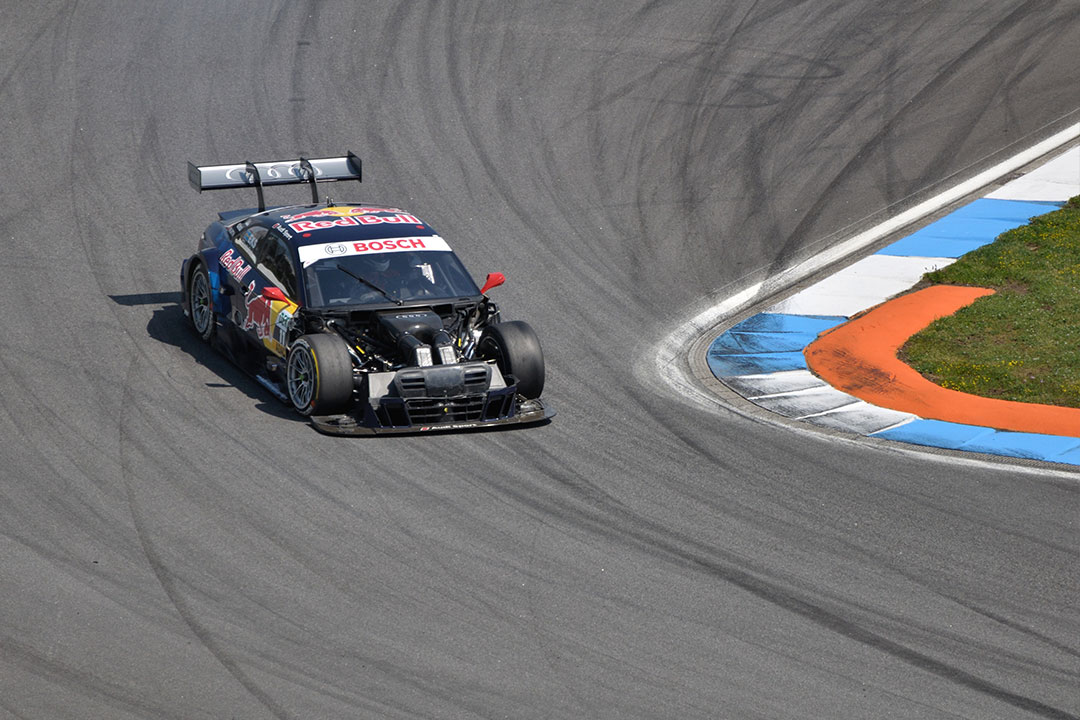In the spirit of summer fun, Haskell Paving will share some fun facts about the NASCAR speedway and how to pave a racetrack.
Courageous souls are 'called' to don fireproof racecar uniforms, high tech helmets, and get behind the wheel of the cramped cockpit of a NASCAR racer, where temperatures can reach 110 degrees. Generally, speeds range between 90 mph, up to 200 mph. NASCAR officials have determined 200 mph to be the safety limit!
Teamwork is vital to success in car racing! In particular, the skill and knowledge of the crew chief who oversees the hands-on work of building, tweaking, and studying how the car will handle various racetracks. There is also the engine specialist, tire specialist, and the engineers that ensure all systems of the vehicle are cleared for peak performance! The pit crew stands ready during the race to make adjustments to the car, change tires, repair parts, and refuel.
What’s more, the maintenance of the speedway is equally as vital, ensuring the smoothest and safest ride possible for those drivers hitting speeds of up to 200 mph.
Five fun facts about maintaining a NASCAR speedway
- 28 of 31 official NASCAR speedways are paved with asphalt; the other three are concrete.
- The requirement for asphalt tracks is a combination of Hot Mix Asphalt (HMA), a mix of fine gradation of sand, stone, gravel, and no large or polished aggregate. A thick Polymer Modified Asphalt binder (PMA), typically cement, is used to hold the mix together on the pavement track.
- It gives one pause of the power of those racecars, weighing 3400 pounds, working with gravitational force on those smooth, nitrogen-filled ‘sticky’ race tires on turns, heating the track pavement to 160 degrees Fahrenheit! This power is the primary cause of track surface raveling, a tearing up of the asphalt structure, and the significant reason for racetrack failure.
- The sticky black asphalt pitch needed for paving racetracks requires a temperature of 320 degrees Fahrenheit, compared to the 200-to-30O degree temperature, used for laying asphalt on public highways. With this high temperature, the asphalt is mixed as close to the track as possible, and transported in insulated trailers.
- Keep in mind the substantial lateral loads of racecars stopping, turning, and accelerating, compared to the thicker asphalt used for highways that must support vertical loads, such as trucks weighing 50 tons! Such a racetrack is created in three layers: a 2.0-inch base layer, a middle layer 1.5 inches thick, and the top wearing layer 1.5 inches thick.
Haskell Paving is a family-run, local business. Following the footsteps of our founder, we have stuck to the philosophy of concentrating on local business. We have always strived to provide the best services of the highest quality in asphalt paving. Contact us for all of your asphalt milling, commercial paving, and snow removal needs today!

